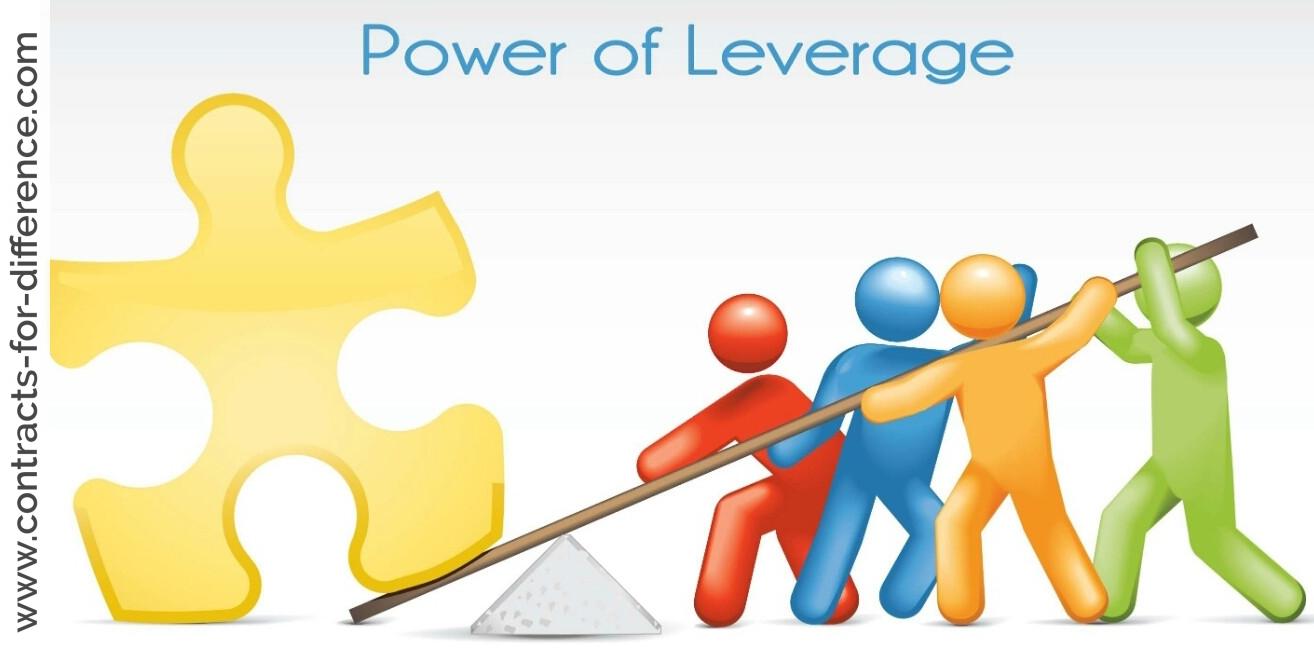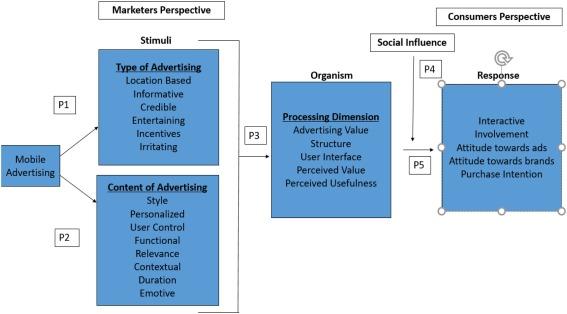In the ever-evolving landscape of investment opportunities, the quest to maximize returns while managing risks can often feel like navigating a complex maze. Enter the concept of scaling one’s portfolio—a strategic approach that transcends traditional investment tactics.”Scale Your Portfolio” is more than just a catchy phrase; it’s a call to action for investors of all experiance levels, encouraging them to delve deeper into the art and science of portfolio management. Weather you’re a seasoned investor looking to refine your strategies or a newcomer eager to make your mark, this article will guide you through the essential principles, innovative techniques, and practical tools required to expand and enhance your investment portfolio. Join us as we explore the pathways to scaling your investment assets, unlocking new potential in a world where opportunities abound.
Understanding Portfolio Diversity for Sustainable Growth
Portfolio diversity is an essential strategy for fostering sustainable growth within investments. By incorporating a variety of asset classes, you can create a buffer against market volatility and maximize potential returns. **Key elements to consider when building a diverse portfolio include:**
- Asset Classes: Include stocks, bonds, real estate, and commodities.
- Geographic Distribution: Invest in both domestic and international markets.
- Risk Levels: Balance between high-risk/high-reward assets and stable, lower-risk investments.
To further enhance your strategy, it’s crucial to periodically assess and adjust your portfolio based on performance and market conditions. **Consider these metrics for evaluation:**
| Metric | Purpose |
|---|---|
| Sharpe Ratio | Measures the risk-adjusted return of your investments. |
| Beta | Indicates how much your portfolio fluctuates compared to the market. |
| Standard Deviation | Shows the volatility of your portfolio returns over time. |

Leveraging Market Trends to Enhance Investment Choices
In today’s dynamic financial landscape, seizing the right market trends can be the key to unlocking greater investment potential. By staying attuned to emerging sectors and shifts in consumer behavior, investors can position their portfolios for maximum growth. Consider focusing on industries that show signs of rapid progress such as:
- Renewable Energy – With a global push for sustainability, companies in this space are expanding rapidly.
- Technology Innovations – From AI to blockchain, investing in tech companies can yield critically important returns.
- Healthcare Advances – the ongoing advancements in medical technologies present lucrative opportunities.
Moreover, adjusting investment strategies based on current economic indicators can lead to more informed decisions. Monitoring key metrics—such as interest rates, employment figures, and inflation trends—can provide insights into which asset classes may outperform. Analyzing this data can help investors identify:
| Economic Indicator | Impact on Investments |
|---|---|
| Low Interest Rates | Encourages borrowing and can boost stock market performance. |
| Rising inflation | May shift preference towards real assets like commodities. |
| High Employment Rates | Indicates healthy consumer spending, positively influencing retail stocks. |

Strategies for Risk Management in Portfolio Scaling
in scaling a portfolio, implementing effective risk management strategies is crucial to safeguarding your investments from unforeseen market fluctuations. One approach is to **diversify your assets** across various sectors and geographies. This not only helps in reducing risk but also offers opportunities for optimized returns.Additionally, consider employing **stop-loss orders** to limit potential losses, ensuring you have a safety net in place. Maintaining a balance between risk and reward is vital; therefore, regularly assess and rebalance your portfolio to align with your investment goals and risk tolerance.
Another essential strategy is conducting **regular risk assessments** to identify changing market conditions and their potential impact on your portfolio. Utilizing tools such as **Value at Risk (VaR)** can provide insights into the maximum expected loss within a specified timeframe, helping to quantify risk exposure. Additionally, fostering good relationships with financial advisors or utilizing **automated portfolio management software** can greatly assist in monitoring risks efficiently.Collaboratively working with learned sources can enhance your understanding and execution of effective risk management practices, ultimately leading to more robust portfolio performance.

The Role of Continuous Learning in investment Success
In the ever-evolving landscape of investment, staying ahead requires more than just foundational knowledge; it necessitates a commitment to continuous learning.Investors must adapt to emerging trends and the fluctuating market dynamics, which can only be achieved through active engagement with new information and strategies. By integrating learning into their investment routine, individuals can:
- identify new opportunities: Understanding market shifts allows investors to pinpoint where emerging sectors or stocks can provide higher returns.
- Minimize risks: Knowledge of different asset classes and market behaviors can help in making informed decisions that protect against downturns.
- Enhance decision-making: A well-informed investor is likely to make strategic decisions based on research rather than emotion.
Moreover, the approach to continuous learning can vary significantly, enabling each investor to tailor it to their unique preferences. Options include:
| Learning Methods | Description |
|---|---|
| Online Courses | Structured learning on investment strategies from reputable platforms. |
| Podcasts & Webinars | Insightful discussions with industry experts that can be consumed on-the-go. |
| Investment Blogs | Regular articles that break down complex concepts into digestible information. |
This personalized approach not only fosters a deeper understanding of investments but also propels investors towards long-term success and portfolio growth.
Wrapping Up
As we conclude our exploration of scaling your portfolio,it’s clear that the journey toward financial growth is both an art and a science. By employing diverse strategies, embracing innovative tools, and staying attuned to market dynamics, you can transform your investment landscape into a thriving ecosystem. Remember, scaling is not merely about accumulation; it’s about thoughtful expansion, risk management, and aligning your investments with your personal goals.
The path to a well-rounded portfolio is ever-evolving, and it requires a commitment to continuous learning and adaptation. As you move forward, consider each decision a brushstroke on your financial canvas—every investment, a step toward a more vibrant picture of your future.
scaling your portfolio is a personal journey. Embrace the process, be patient, and measure your progress not just in numbers, but in the confidence with which you navigate the financial world. here’s to building a portfolio that not only grows in scale but also in resilience and purpose. Happy investing!

